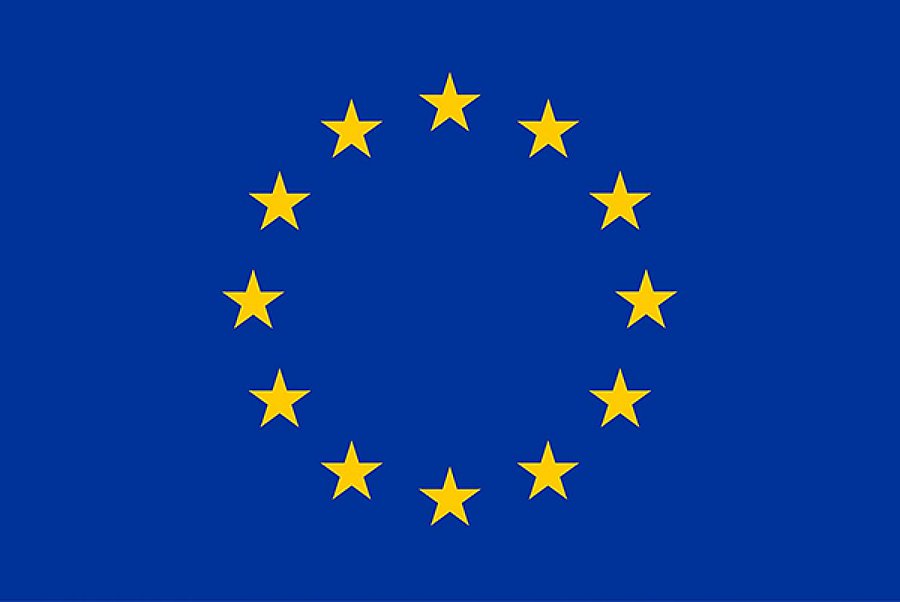Just Scan It 3D
Virtual worlds in culture and collision
Advancing digitalization and the growing demand for realistic visual representations have led to an increased interest in the use of three-dimensional (3D) objects in recent years. The ability to transform the physical world into virtual 3D models offers a wide range of possible applications in various areas.
With augmented and virtual reality (AR/VR), users immerse themselves in immersive worlds with their VR glasses, in which the boundaries between the real and virtual environment become increasingly blurred. This opens up completely new possibilities for designing training courses, educational formats and artistic presentations. To create such scenarios, the 3D objects involved must be designed as realistically as possible, which is usually achieved with the help of professional 3D design software and manually recorded, photorealistic textures. Nowadays, 3D scanners are increasingly being used for modeling, with which objects can be captured in a real environment and provided directly as 3D objects. However, geometrically accurate and high-resolution virtualization comes at a price, both for specialist staff and for the hardware required.
In the field of motor vehicle insurance, advances in camera technology on smartphones are becoming increasingly interesting for digital damage detection. It is now almost a matter of course that everyone carries a smartphone with a high-resolution cell phone camera. This circumstance opens up completely new possibilities for the processing of compensation claims, in which the injured party can forward a claim directly to the insurer via photographs and in many cases receive financial compensation immediately. Although the combined use of classic image recordings and additional imaging processes such as lidar sensor technology can be found in individual cases on the smartphone market, it is not yet possible to speak of widespread usability.
As part of this project, methods are being developed and tested that make conventional smartphone cameras usable for the generation of 3D models - “Just Scan It”! Although previous solutions lead to 3D reconstructions from image recordings that appear plausible, they do not yet meet the requirement for a reconstruction that is as error-free as possible. In the further course, AI models for anomaly detection will be developed on this basis, which will enable damage assessments both for the detection of creeping decay on museum objects and the accurate assessment of vehicle damage based on a small number of photographs.


